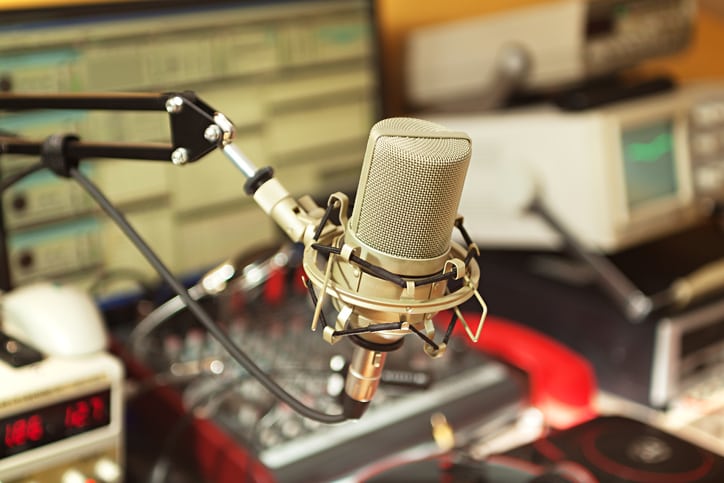
The “Golden Age” of radio—the time period when American broadcast radio peaked in popularity—came in the 1930s and 1940s. At a time when our nation was plagued by depression and war, the radio rose as a crucial information outlet and source of amusement in a time of darkness. Whether they were tuning into Franklin Roosevelt’s informative “fireside chats” or primetime evening comedies, radio broadcasts were a ritualized evening activity for families nationwide. Back then, radios were intertwined into daily life much like smart phones are today; they provided constant news and entertainment as a fundamental element of the American lifestyle.
Today, as the internet, smart phones, and the “podcast renaissance” flood our nation, many believe radios are going out of style. Podcasts have recently resurged in popularity. One illustration of this resurgence is “Serial,” the popular true-crime podcast hosted by “This American Life” that follows the investigation story of the 1999 murder of a Maryland high school student. According to Pew’s 2015 State of the News Media address, “Serial” was the fastest podcast to reach 5 million streams or downloads in iTunes history, indicating podcast demand is on the uphill climb. Additionally, the upward trend of podcast consumption reported from the State of News Media is evident in every measure: “the percentage of Americans who are listening to podcasts, the level of public awareness, and how many podcasts are being hosted and downloaded.”
By the young generation, AM/FM radio might be considered outdated. Millennials often consider it a lesser alternative to Spotify or Pandora. However, radio is much more than that; it’s a powerful, evolving medium.
Traditional radio is not dead yet—and podcasts won’t kill it. Terrestrial radio still thrives; According to Nielsen Media Research, “91% of Americans (age 12 or older) are tuning in each week.” And the 2016 Pew State of the News Media report says, “traditional AM/FM radio is—and by a large margin—the most common form of in-car listening,” with 63% of listeners naming it as their go-to source. Traditional radio forms have many loyal listeners. For example, people that are older or less tech-savvy often choose traditional radio over more complicated online streaming or podcasting options. There is a comfort and intimacy to traditional radio listening that hopefully won’t be forgotten. Additionally, data and streaming costs could play a role in the preservation of the radio industry. A recent Slate article explains the costs of radio broadcasts versus online streaming: With radio, “There are no incremental charges involved—when an additional person tunes in, it doesn’t cost the station a dime.” However, on the web “the more people tune into a streaming broadcast, the more the broadcaster must spend on servers and bandwidth.” This article says radio companies still make billions of dollars in revenue, and their business isn’t dwindling.
The radio industry realized that to keep up with the fast-paced technological revolution, something had to change. So recently, radio has begun their digital shift. As NBC News reports, last October, the Federal Communications Commission approved new digital broadcasting for U.S. radio stations using a system from iBiquity. Already, 130 radio stations are licensed to utilize this HD broadcasting technology, which will improve reception quality and add content choices. With new broadcast signals comes new radios; an estimated 2.5 billion receivers will need to be replaced. The benefits for radio manufacturers will allow the industry to be more profitable and active than most would anticipate. And with this expansion to digital broadcasting and HD signals, radio will be able to retain high demand even with the comeback of podcasting.
Clearly, the radio industry refuses to be left behind in the technology age, and digital broadcasting will be the step that pushes it forward. This is evident in the success of satellite radio in our nation, which provides similar perks to HD broadcasting. In the 2016 Pew State of the News, Sirius XM, the only satellite radio platform in the United States, reported increases in both subscribers and revenue in the past year. Our new form of digitalized radio will likely have a similarly positive trend, especially considering HD radio will be free for listeners.
The radio is not a thing of the past. Just like most industries in our nation, radio is confronting the digital transformation, and evolving accordingly.
